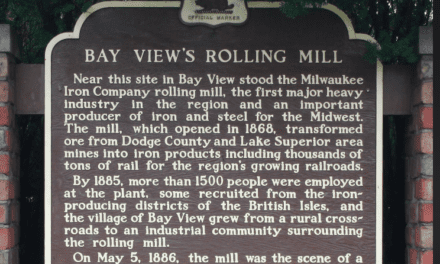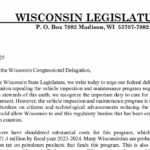On May 29, 1848, we became the 30th state to join the Union. Here are five fast facts about Wisconsin becoming a state, including its failed attempts, timing, and borders:
1. Multiple Failed Attempts Before Statehood
Wisconsin made two unsuccessful attempts to gain statehood before finally succeeding. Draft constitutions in 1846 and 1847 were rejected—first by voters due to controversial provisions (e.g., extending suffrage to immigrants and African Americans), and then due to legal disagreements between territorial leaders and Congress.
2. Official Statehood in 1848
Wisconsin officially became the 30th state in the Union on May 29, 1848. This followed approval of a more moderate constitution in 1847 and Congressional acceptance the following year.
3. Evolving Borders
Wisconsin’s borders changed several times before statehood. Initially part of the Northwest Territory, it later belonged to the Michigan Territory and then the Wisconsin Territory (created in 1836). Parts of modern-day Minnesota, Iowa, and the Dakotas were once included. When admitted, the St. Croix River became the western boundary, cutting off parts of what would become Minnesota.
- Southern Border: In 1818, during Illinois’ statehood process, Wisconsin lost a 61-mile-wide strip along its southern edge, including areas like Rockford and Galena, which became part of Illinois.
- Upper Peninsula: Although initially pledged to Wisconsin, the Upper Peninsula was awarded to Michigan in 1836 as compensation for the Toledo Strip.
- Lake Michigan Islands: A boundary dispute over islands between Wisconsin and Michigan was resolved by the U.S. Supreme Court in 1936, favoring Wisconsin.
4. Strategic Timing and Politics
Wisconsin’s statehood was partially timed to maintain the balance of power between free and slave states in Congress. It entered as a free state shortly after Florida (a slave state) joined in 1845.
5. Key Economic and Demographic Drivers
Rapid population growth due to immigration (especially from Germany and Scandinavia) and lead mining in the southwestern region helped push Wisconsin toward statehood. The population exceeded the 60,000 requirement set by the Northwest Ordinance far ahead of schedule.
















